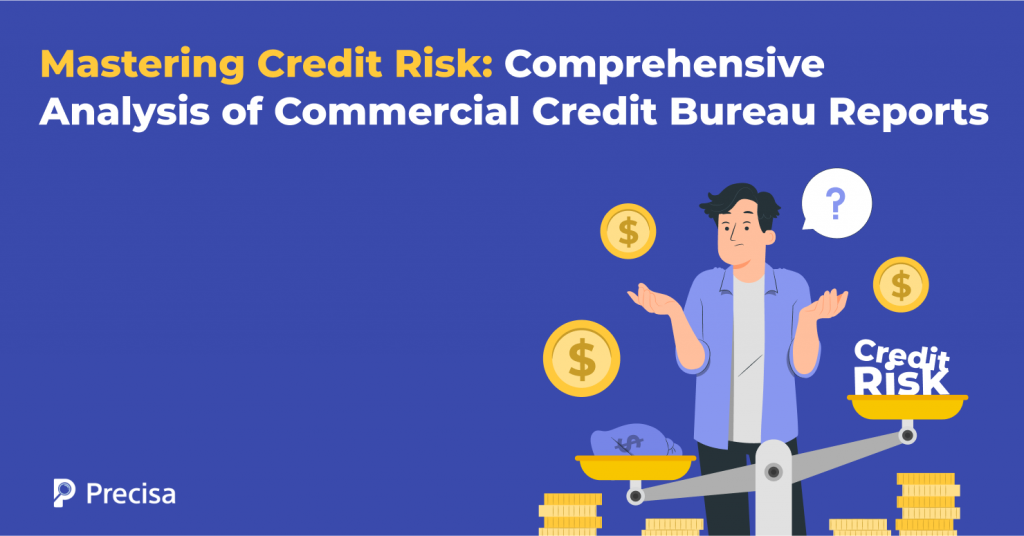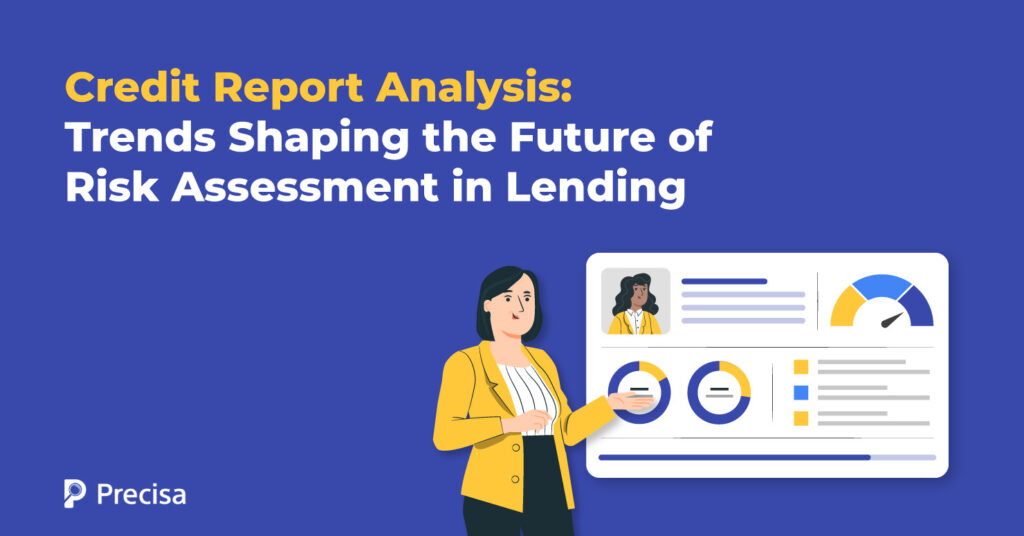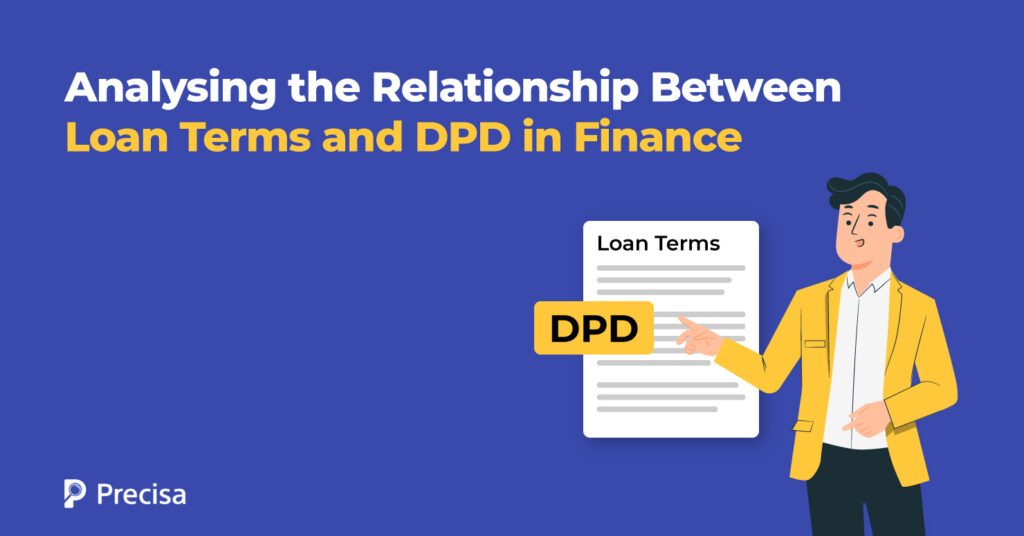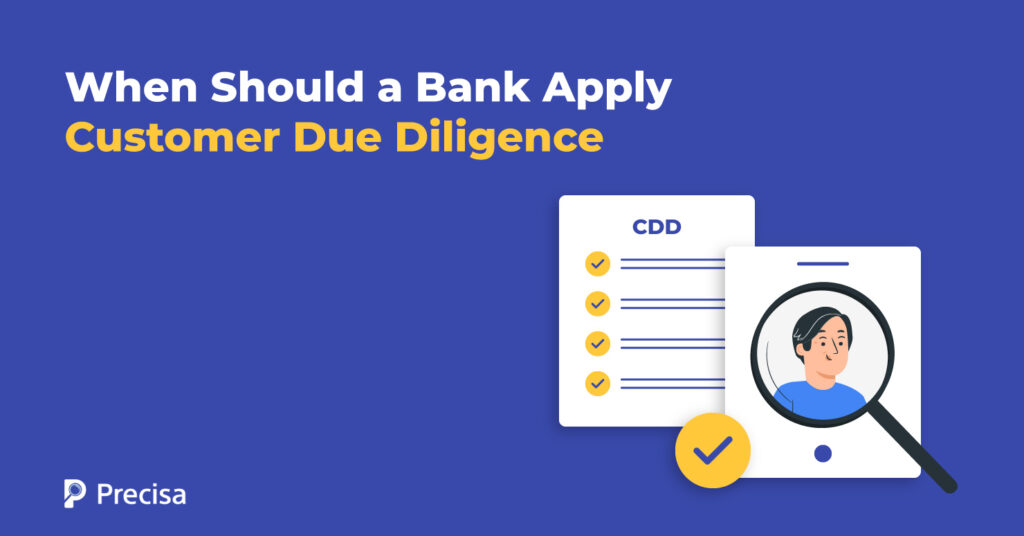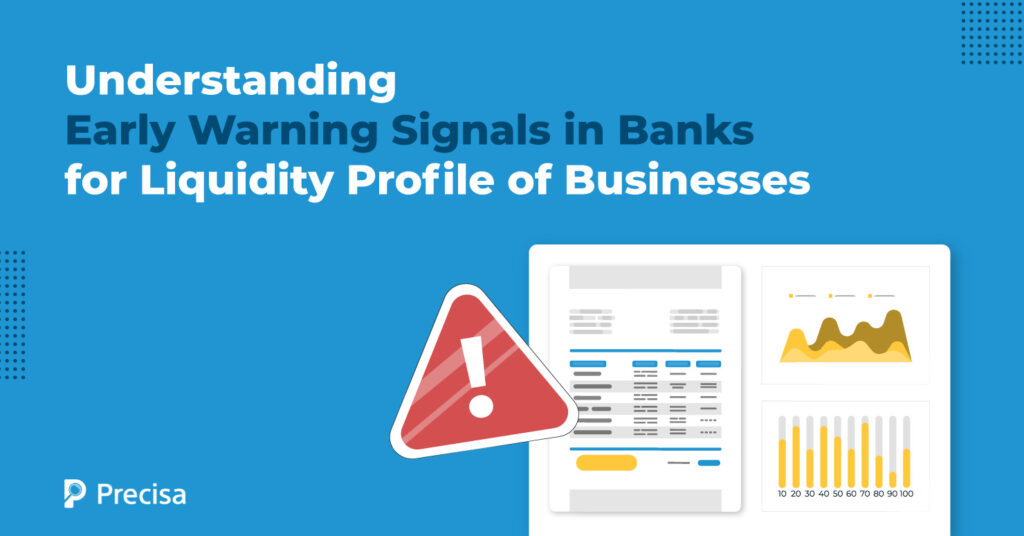How do lenders decide wh͏om to trust in a m͏arket a͏s dynam͏ic ͏and complex͏ as I͏ndia’s?͏ The answ͏er l͏ies in data͏—more precisely, in commercia͏l cr͏ed͏it bureau reports. These reports, prov͏ided by reputable͏ agen͏cies like CIBIL, CRIF͏ High ͏Mark, Experian, and Equifax,͏ offer a co͏mprehensive vie͏w o͏f a company’s͏ ͏creditwo͏rt͏hine͏s͏s. As businesses seek loans, working capital, […]
Optimising Loan Against Security: Strategies for Lenders to Maximize Returns
Financial institutions are witnessing a significant shift towards secured lending products, with Loan Against Security (LAS) emerging as a preferred financing solution. This trend is evident from PolicyBazaar’s recent strategic focus on LAS as one of the key growth areas in their credit marketplace. Its potential expansion is further underscored by increasing financial literacy and […]
5 Ways Lenders Can Prevent Economic Offences and Financial Crimes
The Indian police registered approximately 193,000 economic offences in 2022, an 11% growth from the previous year. These crimes accounted for 5.4% of all the crimes reported that year. Furthermore, the National Crime Records Bureau (NCRB) has broadly divided economic offences into three main categories: criminal breach of trust, counterfeiting and forgery, and cheating and […]
Credit Report Analysis: Trends Shaping the Future of Risk Assessment in Lending
Analysing a potential borrower’s creditworthiness comes with multiple challenges. For instance, lenders struggle with limited access to a borrower’s financial data, manual underwriting processes, and inadequate fraud detection techniques. These challenges reduce the accuracy of credit report analysis. On the other hand, borrowers remain at the receiving end of a slow turnaround on loan applications. […]
Analysing the Relationship Between Loan Terms and DPD in Finance
As lenders scale their operations, it becomes more important for them to gauge a borrower’s creditworthiness with accuracy. Otherwise, it can lead to the growth of non-performing assets (NPAs) and more delinquencies. As of March 2024, the percentage of gross non-performing assets (GNPA) in India was as follows: 1.2% per personal loan, 6.2% in the […]
When Should a Bank Apply Customer Due Diligence: Aligning Timing with Evolving Guidelines
When it comes to fighting financial crimes like money laundering and financing of terrorism, deciding when should a bank apply Customer Due Diligence (CDD) has become critical. Knowing your customer remains one of the primary bulwarks and one of the four fundamental components of an Anti-Money Laundering (AML) compliance programme. This entails confirming customers and […]
Early Warning Signals in Banks for Liquidity Profile Assessment
Early warning signals in banks are indicators that help lenders and financial institutions identify potential liquidity problems in businesses before they become critical. These signals help banks proactively manage their exposure and protect themselves from losses. The liquidity of a business is reflected in the abundance of its cash and readily convertible cash equivalents. Strong […]
Early Warning Signals in Banks for Liquidity Profile of Businesses
Early warning signals (EWS) are indicators that help banks identify potential liquidity problems in businesses before they become critical. These signals help banks proactively manage their exposure and protect themselves from losses. The liquidity of a business is reflected in the abundance of its cash and readily convertible cash equivalents. Lenders prefer borrowers who have […]

